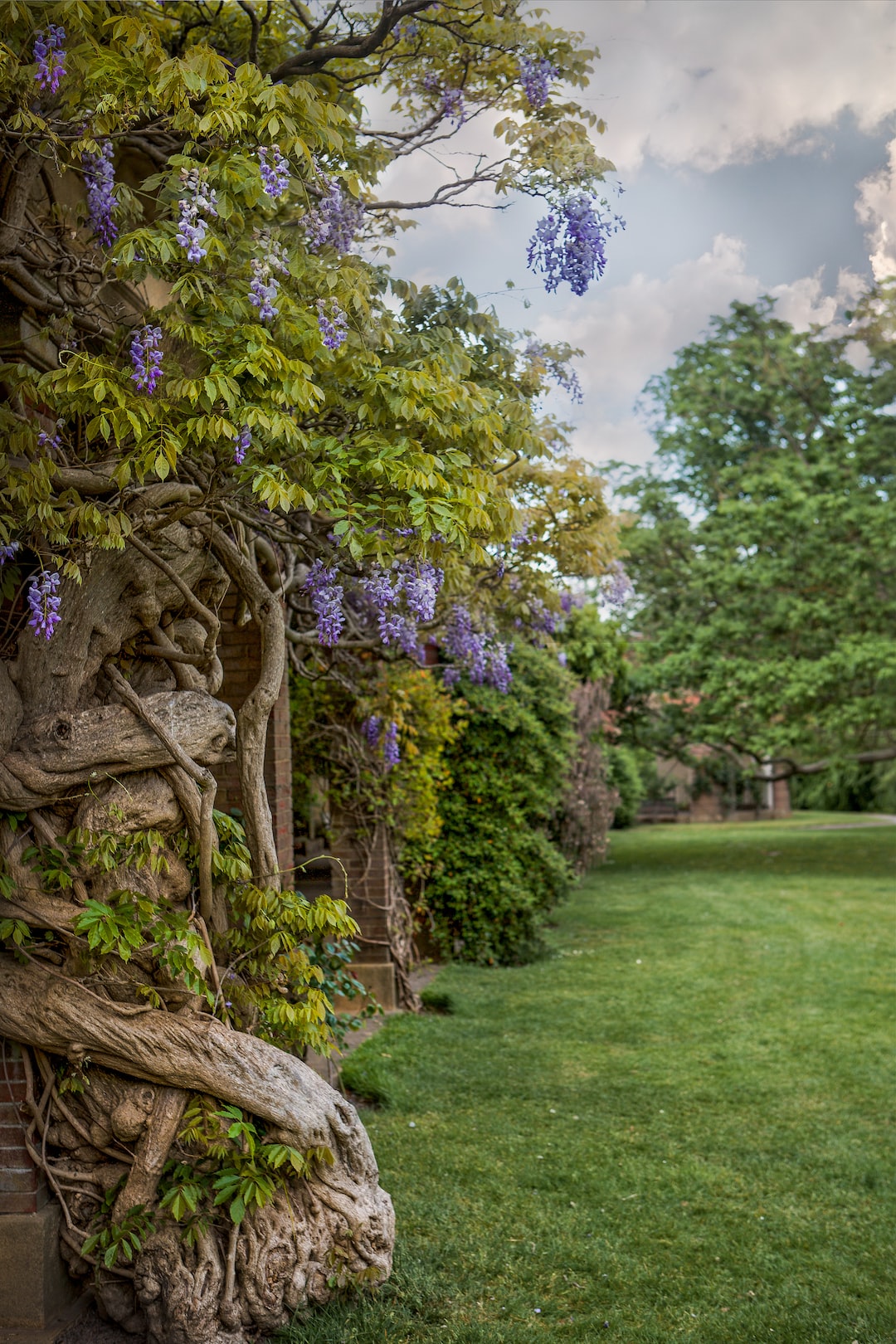How to Start a Compost Bin for Nutrient-rich Soil
Are you an avid gardener looking to improve the quality of your soil? Or perhaps you want to reduce your waste footprint and contribute to a more sustainable environment? Starting a compost bin is a great way to achieve both goals! Composting not only allows you to recycle organic materials effectively but also provides you with nutrient-rich soil for your plants. In this blog post, we will guide you through the process of starting a compost bin and reaping the benefits of nutrient-rich soil.
1. Select the right location: The first step is to choose a suitable location for your compost bin. Ideally, it should be a level area with good drainage and easy access. You can place it in a corner of your garden or even on a balcony if you live in an apartment. Just ensure that it receives a mix of sunlight and shade throughout the day.
2. Decide on the composting method: There are various composting methods you can choose from, depending on your preferences and available space. The most common methods include aerobic composting, vermicomposting (using worms), and trench composting. Consider the pros and cons of each method and select the one that suits you best.
3. Gather the necessary materials: To start composting, you will need a balanced mix of organic materials. This includes green waste (kitchen scraps, grass clippings, etc.) and brown waste (fallen leaves, straw, paper). Aim for a ratio of roughly 3 parts brown waste to 1 part green waste. Make sure to avoid adding meat, dairy products, or oily foods to your compost, as they may attract pests.
4. Create your compost bin: While you can purchase a compost bin, it’s also easy to create one yourself using inexpensive materials. You can use old wooden pallets, wire mesh, or even large plastic bins with airholes. The size of your compost bin will depend on the amount of waste you generate. Ensure that it is big enough to hold sufficient materials for decomposition without being too overwhelming to manage.
5. Start composting: Now it’s time to get your hands dirty! Begin by layering your brown waste at the bottom of the bin. Then add a layer of green waste on top and sprinkle it lightly with water. Repeat this process until your bin is full. Regularly turn the pile to aerate it and enhance decomposition. Remember to keep the compost moist (similar to a damp sponge) but not overly wet.
6. Maintain your compost bin: To ensure successful composting, it’s essential to maintain your compost bin. Keep an eye on the moisture level, and water it if it starts to dry out. Additionally, regularly turn or mix the materials to facilitate decomposition and prevent unpleasant odors. Don’t forget to monitor the temperature, as composting is most effective between 120°F and 160°F (49°C and 71°C).
7. Harvest your nutrient-rich soil: It usually takes around three to six months for compost to fully decompose. Once the organic materials have turned into a dark, crumbly, and earthy-smelling substance, your compost is ready to be used! Scoop it out from the bottom of the bin and mix it with your existing soil to improve its nutrient content.
Starting a compost bin is a rewarding and environmentally-friendly activity that anyone can do. By diverting organic waste from landfills, you not only reduce greenhouse gas emissions but also create nutrient-rich soil for your plants. So, why not give it a try and contribute to a greener world? Your garden will surely appreciate it!
